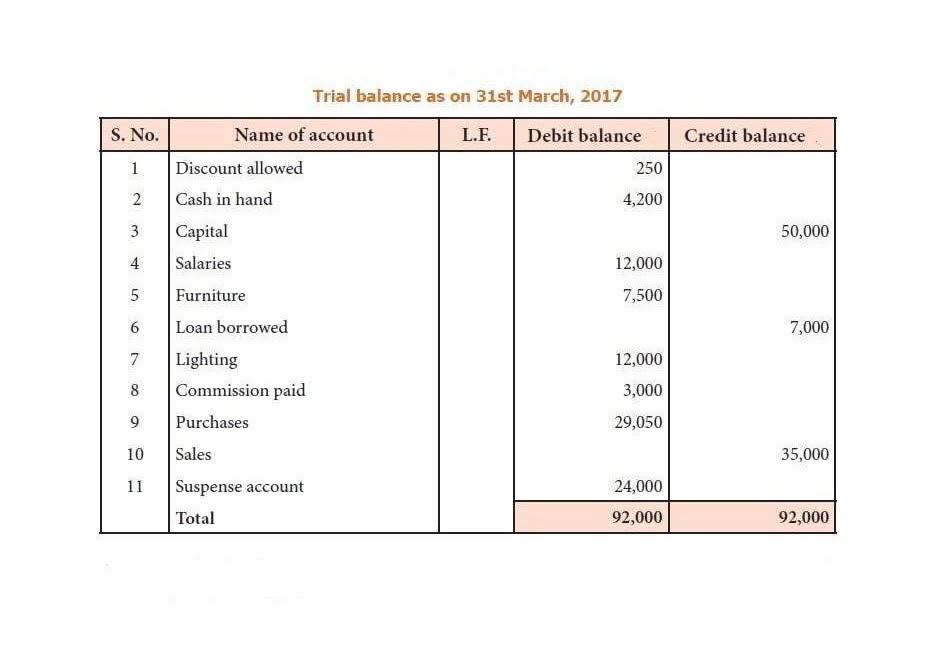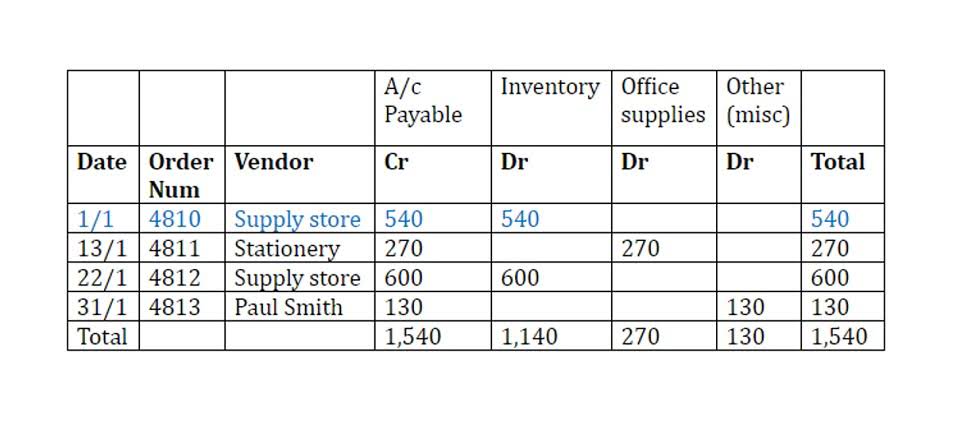
Although managerial accounting primarily focuses on internal decision-making, it also plays a role in communicating financial information to external stakeholders, such as investors, lenders, and regulatory authorities. Accurate and reliable financial information enhances transparency, builds trust, and facilitates effective communication with external parties. Although understanding the theory is essential, taking action and implementing managerial accounting practices in your decision-making will yield the greatest benefits. By leveraging the insights provided by managerial accounting, you can gain a deeper understanding of your financial performance, identify areas for improvement, and make more informed strategic choices. Inventory turnover is the measure of the inventory a business sold or used within a given time period. Managerial accounting is a branch of accounting that aims to serve internal users with information needed for decision-making.

Constraint analysis
Watch this video explaining managerial accounting and how useful it can be to many different types of managers to learn more. Managerial and financial accounting are used by every business, and there are important differences in their reporting functions. Managerial accountants arguably are true intellectual backbones of a business enterprise. In the final analysis, management accounting is a crucial component vital to the ultimately profitable operation of a business enterprise, according to the San Francisco Chronicle.
What is managerial accounting vs financial accounting?
It efficiently helps allocate financial and non-financial resources, such as labor, materials, and equipment. This ensures that resources are utilized to maximize productivity, minimize waste, and support achieving organizational goals. They collaborate with managers to set financial goals, prepare budgets, and allocate resources effectively. Budgets serve as a roadmap for managing expenses, monitoring performance, and achieving targets.
Step #6: Decision Support
Through this technique, managerial accountants ensure that the company’s true capital is determined, preserved, and maintained. Financial statements are made more accurate and forecasts for future asset valuation become easier and more reliable. Financial planning is a culmination of other techniques involved in achieving the internal goals of an organization. It involves the analysis of comparative financial statements and accounting ratios and the use of generated data to plan for the future.
- Managerial accountants perform cash flow analysis in order to determine the cash impact of business decisions.
- Performance measures such as return on equity, debt to equity, and return on invested capital help management identify key information about borrowed capital, prior to relaying these statistics to outside sources.
- Cash flow analysis measures the impact of a particular transaction on the final financial position of a company.
- For example, one hotel may want to be the low-price, no-frills, clean alternative, while another may decide to be the superior quality, high-price luxury hotel with many amenities.
Jobs in Managerial Accounting
Because managerial accounting is not for external users, it can be modified to meet the timely specific needs of its intended users. The biggest practical difference between financial accounting and managerial accounting relates to their legal status. At the same time, short-term perspectives are essential for day-to-day operations but may not fully address long-term strategic considerations. Managers must balance short-term goals with long-term sustainability to ensure the organization’s success and competitiveness.
Financial Leverage Analysis
As discussed previously, not all evaluations will involve quantitative or financial measures. They could use customer surveys to evaluate the perceived effect on the company’s reputation as managerial accounting a result of implementing this one-year plan. In addition to the financial gauges, organizations are now measuring efficiencies, customer development, employee retention, and sustainability.
- One type of planning, called strategic planning, involves setting priorities and determining how to allocate corporate resources to help an organization accomplish both short-term and long-term goals.
- The plan for the first year was to increase market share by selling the company’s products in \(10\) percent more stores in the states in which the company already operates.
- Cost accounting calls this practice “peanut-butter costing” because overhead costs are allocated evenly across all products and services using broad averages.
- Managerial accounting uses operational information in specific ways to glean information.
- Appropriate financial planning helps a company to easily determine all its future needs.
- The key differences between managerial accounting and financial accounting relate to the intended users of the information.
Comparing differences in actual and budgeted amounts is another form of variance analysis. Variances may be favorable or unfavorable, but not all variances are worth investigating. You should investigate variances that are too significant to ignore, whether it is favorable or unfavorable. Having a favorable variance doesn’t immediately mean it’s positive for the business. For small businesses, overhead allocation is important to determine which activities are truly profitable. If overhead is applied incorrectly, it can appear that you are losing money on what are profitable activities.

Planning and Budgeting
- Financial accounting has some internal uses as well, but its focus is on informing those outside of a company.
- To do so, they may use a variety of different accounting methods and techniques, including cost accounting, inventory analysis, constraint analysis, trend analysis, and forecasting.
- There are plenty of different roles to choose from when it comes to managerial accounting.
- For example, imagine a company receives a $1,000 payment for a consulting job to be completed next month.
- Another important concept in managerial accounting is the relationship between cost, volume, and profit.
- Evaluating performance also involves determining the areas where performance can be evaluated properly.
- Other reports can include cost of goods manufactured, job order cost sheets, and production reports.
0 komentarzy